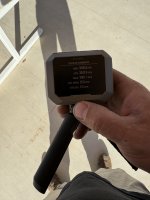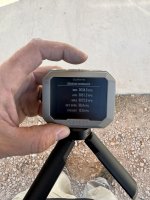I recently came across a video that showcased an interesting comparison, but I couldn't help but notice what seemed like an uneven playing field. In the video, the second group (annealed) benefited from a wind caller, while the first group (not annealed) did not. This raises questions about the true impact of annealing.
I've delved into various discussions, including some involving Bryan Litz's findings, which suggest that annealing may not be necessary as long as you keep your brass under 10 firings. This has me wondering if there are prominent F-Class or benchrest shooters who forego annealing altogether.
My main concern is justifying the cost of investing in what seems to be the most consistent annealing device on the market, the AMP annealer. It would undoubtedly be a significant expense for me, and I'm currently on the fence about whether it's worth the investment.
I'd appreciate any insights or experiences from fellow precision reloaders, particularly if you have achieved top-level performance without annealing, or if you've found that the AMP annealer has made a substantial difference in your precision reloading process. Your input will help me make an informed decision. Thanks in advance!



